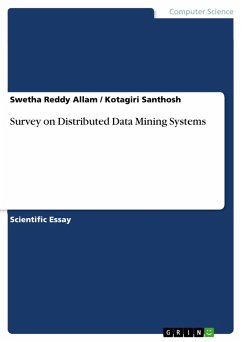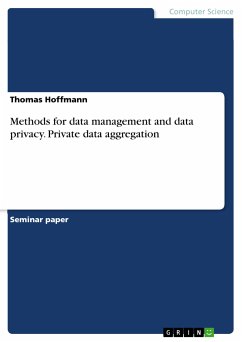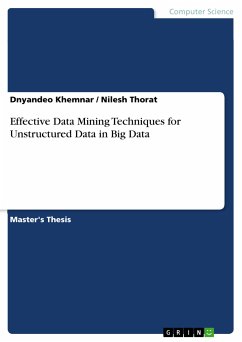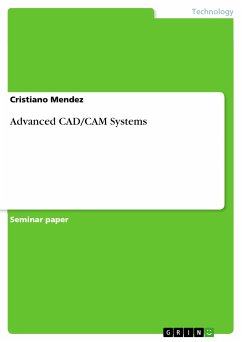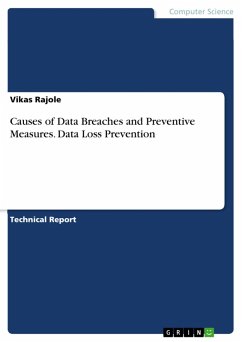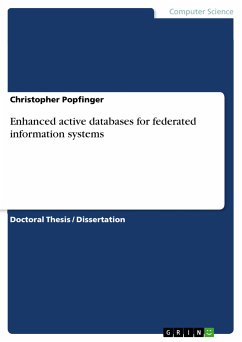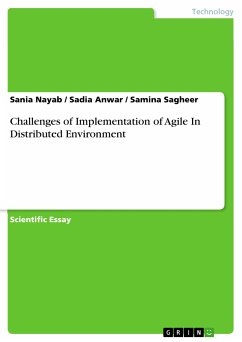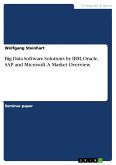Scientific Essay from the year 2014 in the subject Computer Science - Applied, grade: A, University of North Texas (Department of Computer Science), course: Distributed and Parallel Databases, language: English, abstract: With the increase in the usage of databases in various fields and domains, to overcome the challenges in a centralized data mining environment, more and more databases are distributed in networks. The objective of distributed data mining is to perform data mining operations based on the type and availability of distributed resources. To make a proper choice of a particular DDM system/model, the basic differences between each of them must be understood. This paper produces a survey of some of the DDM systems available. It mainly focusses on the homogeneous DDM models. It discusses methods based on semantic web and grid, multi-agent, mobile agent and i-Analyst. A hybrid method AGrIP is also discussed. A comparative analysis is made considering different key issues of DDM. Each method is described in detail by its method/algorithm.
Dieser Download kann aus rechtlichen Gründen nur mit Rechnungsadresse in A, B, BG, CY, CZ, D, DK, EW, E, FIN, F, GR, HR, H, IRL, I, LT, L, LR, M, NL, PL, P, R, S, SLO, SK ausgeliefert werden.

